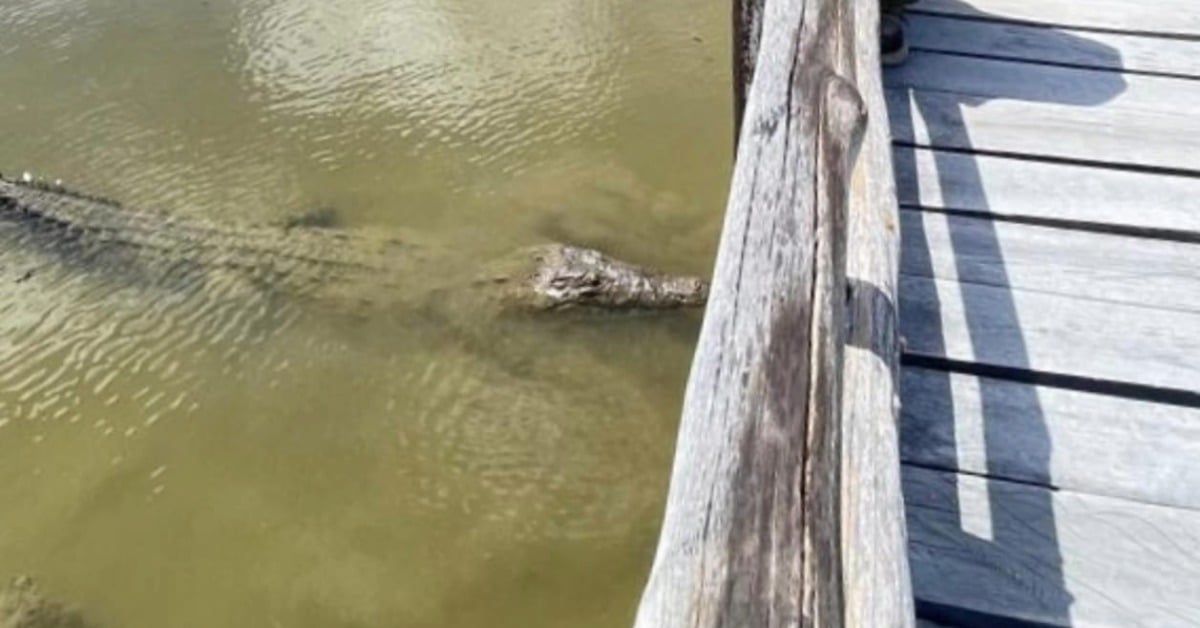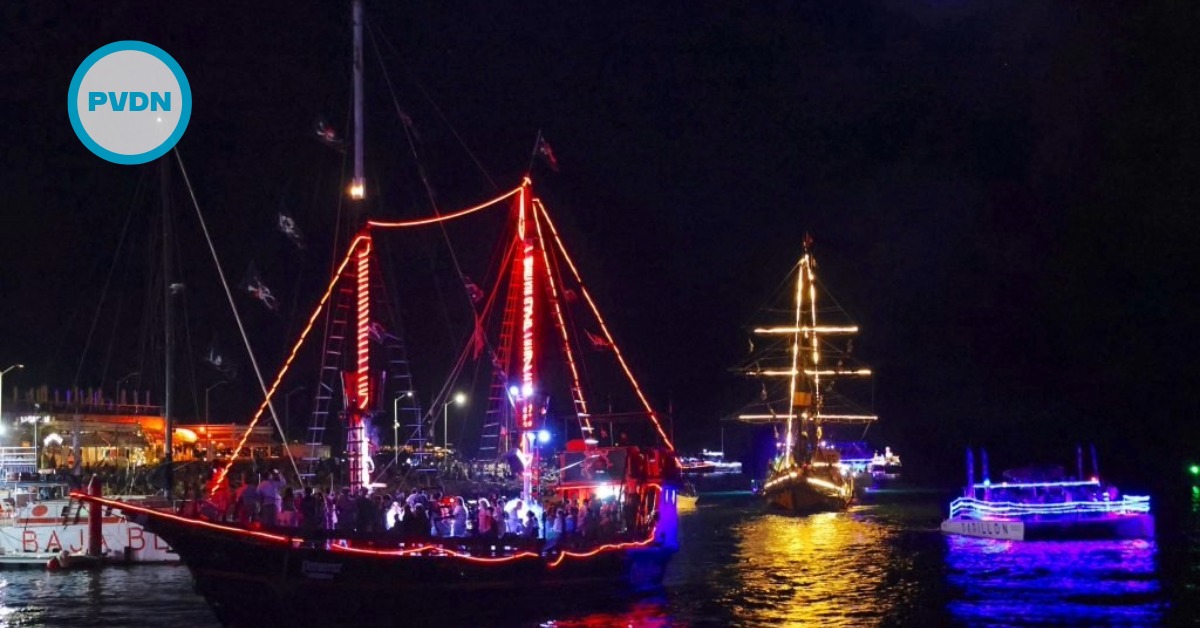Cozumel, Quintana Roo - The Punta Sur Ecological Reserve in Cozumel recently hosted a scientific documentation session that could reshape Mexico’s understanding of crocodile biodiversity. An audiovisual report, produced by environmental reporter Patricio Medina and videographer Miguel Ángel Guillermo for Mongabay LATAM, focused on the “Laguna Colombia” area—home to a new crocodile species in Cozumel.
This effort is part of Mongabay LATAM’s international series “Expediciones Científicas,” which highlights significant ecological discoveries across Latin America and beyond. During the visit, the filmmakers were accompanied by Héctor González Cortés, deputy director . . .






